NAD was established in 1972, and over fifty years later, it continues to be at the forefront of product design and philosophy, bringing us many surprises through new technologies, such as this little black box we are discussing today—the NAD C700.
1. Usage Scenarios
Overall dimensions: 218 x 96 x 266 mm. Upon first seeing this small device, you might be a bit confused about what it actually is and what you can do with it.
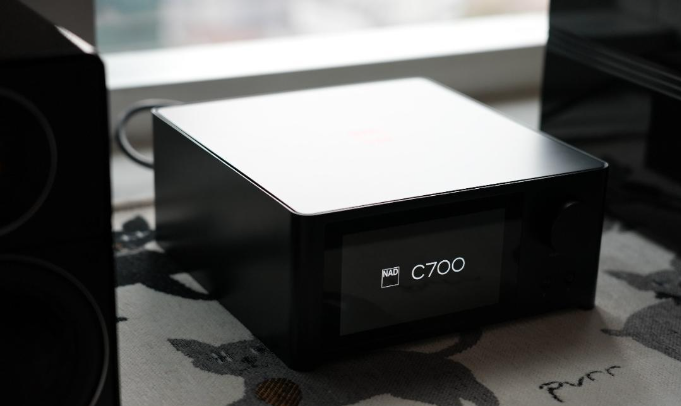
The C700 is a new era integrated solution for streaming media, combining streaming, DAC, and HiFi amplifier functions. Just connect it to a pair of speakers and install the BluOS app on your mobile phone, tablet, or computer to freely choose the music you want to play.
You can create a very simple and elegant desktop HiFi music system in your small study. Even more surprisingly, it also has an HDMI interface, allowing you to connect it to a projector or TV to achieve HiFi-level viewing effects, eliminating the need to endure the weak sound effects of mini projectors or built-in speakers of flat-screen TVs.
2. Exquisite and Compact, A Blessing for Aesthetes
If you have high aesthetic requirements for amplifiers or are a perfectionist, you will definitely love this device, as its aesthetics rank among the best in many HiFi amplifiers.
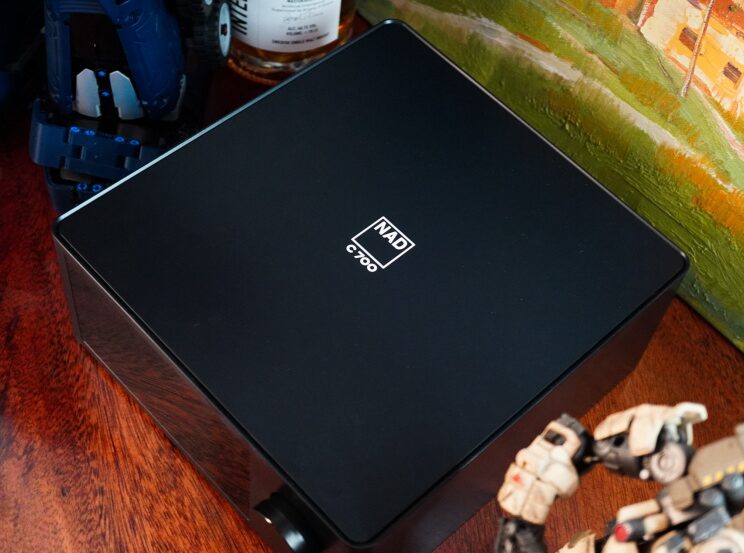
With a square black aluminum alloy shell and a smooth glass panel, there are no unnecessary decorations except for a prominent control knob. The higher-end NAD M10 is even simpler, having removed all functional buttons from the front panel, leaving only a 7-inch IPS HD touchscreen.
The 5-inch HD color display can show album covers, playback progress, and basic parameters. However, it is not touch-sensitive and requires the use of functional buttons to operate. These operations can also be done on your phone, making it very convenient.
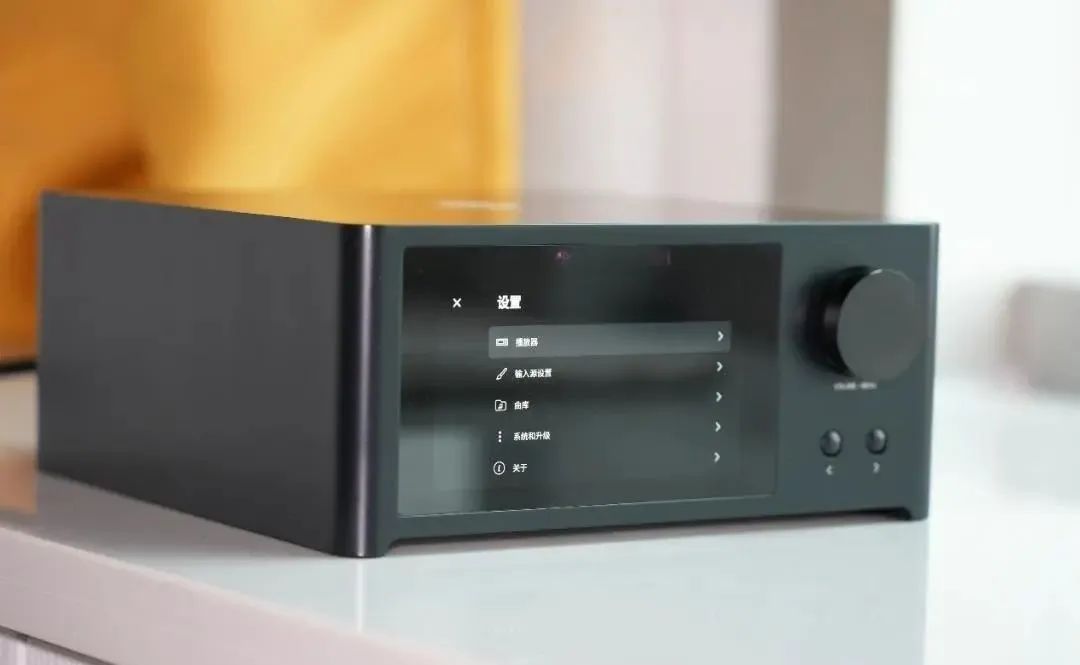
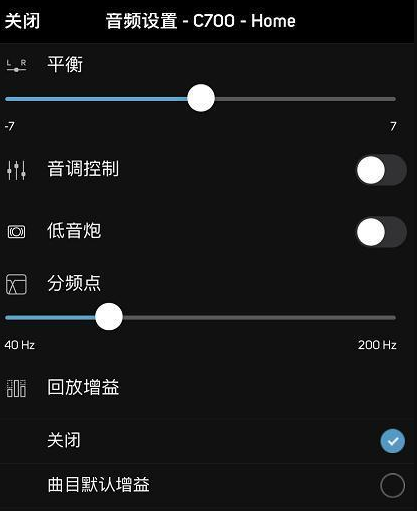
Having grown accustomed to various flashy designs, the minimalistic design of the NAD C700 truly resonates with me.
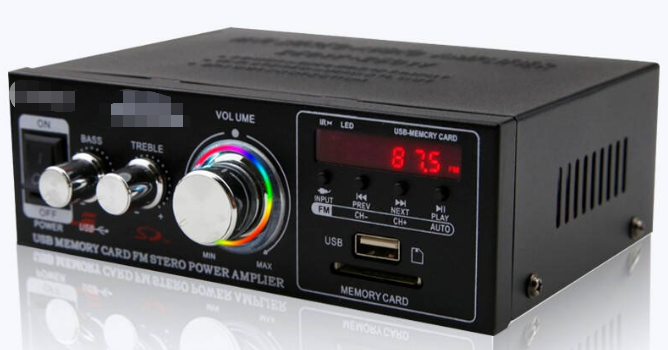
3. Rich Interfaces, Powerful Functions
Don’t underestimate it just because it’s small; with the rapid development of integrated circuits, the NAD C700 is packed with numerous functional interfaces. In addition to a pair of standard speaker terminals, it also has a subwoofer output interface. If you enjoy listening to DJ or bass-heavy music, or if you want to watch movies, you can connect it to a powered subwoofer. You can also set the low pass in the software system to achieve perfect integration between the subwoofer and the main speakers.
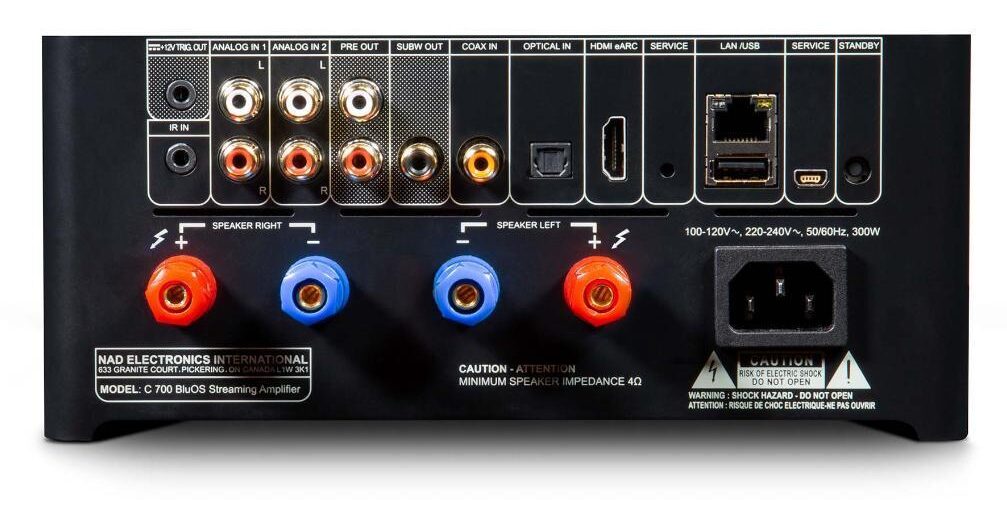
In addition to analog signal input and output interfaces, optical and coaxial digital interfaces, the NAD C700 also has an HDMI interface that supports eARC, which can be used to connect a TV or projector to create a 2.1 channel home theater audio system. You can refer to our previous post: “How to Use ARC Function? Tutorial for Connecting TV to Home Theater Amplifier”.
Notably, it also has a 12V trigger interface and an external sensor input interface, a feature quite rare in stereo amplifiers. It allows you to connect a projector or screen for one-click switching on and off. Additionally, in terms of smart integration, NAD provides software tools to integrate the NAD C700 into Control4, Crestron, Elan, RTI, and other control systems, making home appliance control more convenient.
4. Convenience is Key
In the 21st century, we emphasize networking, mobility, and new energy. Listening to music should not lag behind. After receiving the NAD C700, the first step is to connect it to the network, and then you can control it comprehensively through your phone, including various function settings and freely playing your favorite music, rather than running around looking for CDs or changing discs—it’s a blessing for lazy people.
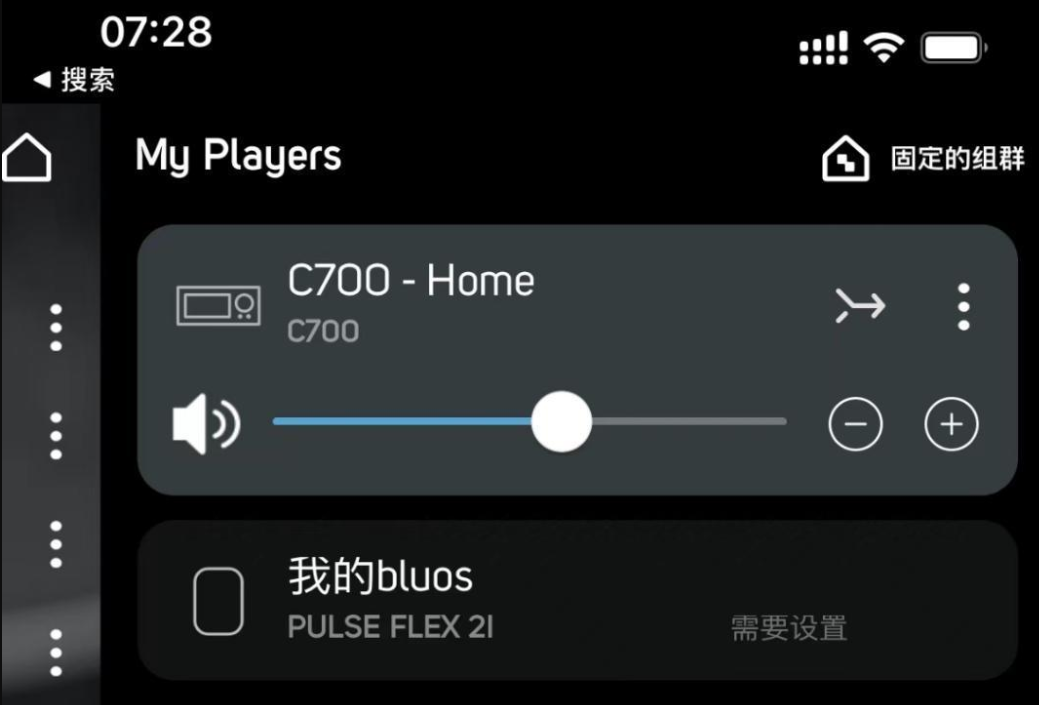
Those who have used NAD amplifiers will surely have a deep impression of BluOS. BluOS is a wireless ecosystem that connects multiple devices using a wireless WiFi network and synchronizes music playback anywhere in the house or plays different music simultaneously.
According to official information, BluOS uses advanced technology to wirelessly transmit high-definition lossless music at up to 24 bit/192 kHz at lightning speed, with no delays and zero loss in sound quality. You can use it to choose internet radio stations and various streaming services, supporting playback of lossless, high-resolution streaming content from Amazon Music HD, Deezer, Idagio, Qobuz, and Tidal, as well as Apple AirPlay 2, Spotify Connect, and Tidal Connect, all controllable via Amazon Alexa, Apple Siri, and Google Assistant.
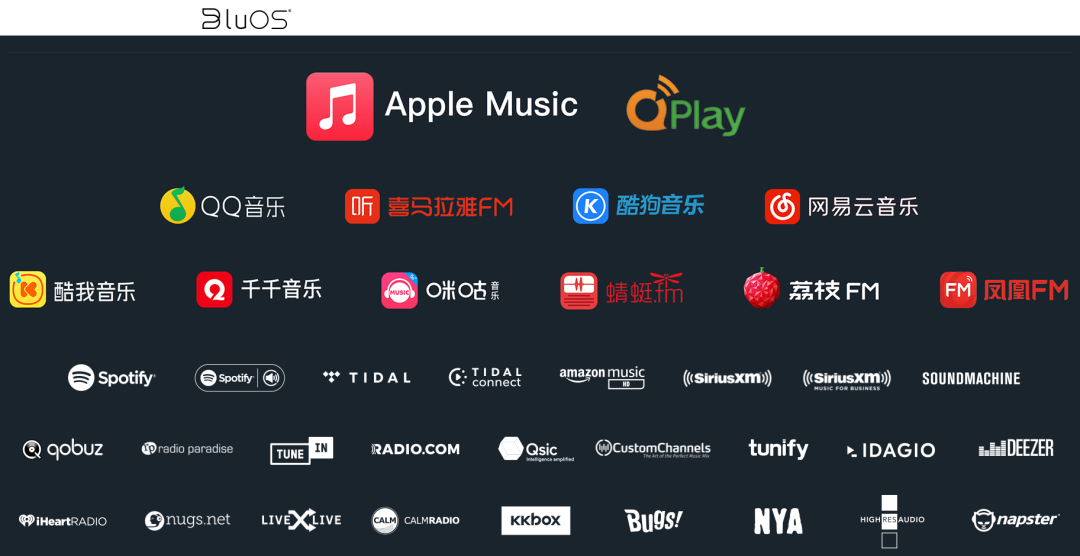
However, the experience of using these platforms in China is not very good. The NAD C700 also supports AirPlay 2 and bidirectional aptX HD Bluetooth, allowing AirPlay 2 to transmit music from Apple devices and iTunes library, while Bluetooth can transmit all sounds from your phone, including QQ Music and iQIYI.
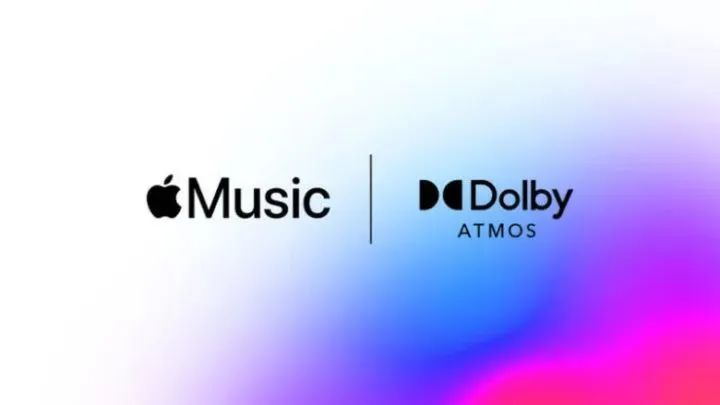
Due to its immense convenience, online streaming audio and video solutions have become increasingly popular and mature. With the increase in network bandwidth, high-bitrate music has also become possible, especially with MQA technology, which requires relatively low bandwidth to transmit high-fidelity music, making streaming HiFi as well.
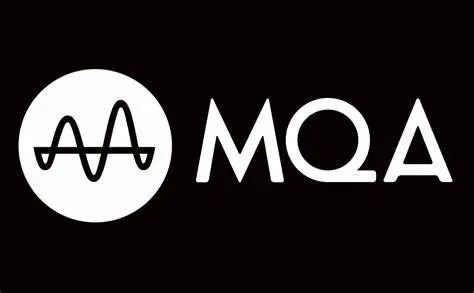
The DAC of the NAD C700 can process 24-bit/192Hz streaming data and supports full MQA decoding, so you don’t have to worry about that.
This means that whether you want to play music from a USB drive, music stored on a NAS, online high-definition streaming, or any sound from your phone, the NAD C700 can achieve it.
5. Not Enough Power?
Some may think that such a small amplifier must have a very low power output. Don’t forget, this is the so-called “giant killer” NAD, which boasts “airbag power” technology that is unparalleled.
Power >80W (8 ohms, 20Hz-20KHz, rated THD+N, both channels driven).
80 watts may not seem much, but note the content in parentheses—this is real power. This means it is measured with an 8-ohm impedance speaker (some manufacturers may label it at 4 ohms), across the full frequency range (some manufacturers may label it at 1 kHz), with distortion less than 0.04% (some manufacturers may label it at 10%—look at the difference?). This is measured with both channels driven (some manufacturers may label it for one channel). If one were to play tricks, they could label the power at two or three hundred watts without issue, and as for those third-rate manufacturers that exaggerate their parameters, it gets even more absurd.
However, this is not NAD’s style. Relying on mature hybrid digital UCD amplification technology, the C700 can reach a peak power of 2×120W, making it capable of driving most speakers with ease in rooms of 20 to 30 square meters.
Additionally, don’t forget that more power isn’t always better; signal-to-noise ratio and distortion are more important. And this is precisely the strength of NAD’s hybrid digital UCD amplification technology—ultra-low noise and low distortion are the true value of the C700.
In summary, it must be said that with the rapid development of technology, traditional technologies can no longer keep pace with the younger generation. The bulky and fragile tube amplifiers, increasingly hard-to-find CDs, and the plethora of complex devices have become toys for a select few enthusiasts. The NAD C700 breaks all this, revolutionizing the experience by replacing a multitude of devices with just one machine, making it incredibly simple and convenient to listen to high-fidelity lossless music.
Whether you are a novice music enthusiast or a seasoned audiophile, it is hard to resist such a beautifully designed little box; this is the correct way for young people to appreciate music. In the realm of similar products, the only reason not to choose it should be if you have your eyes set on the higher-end NAD M10.